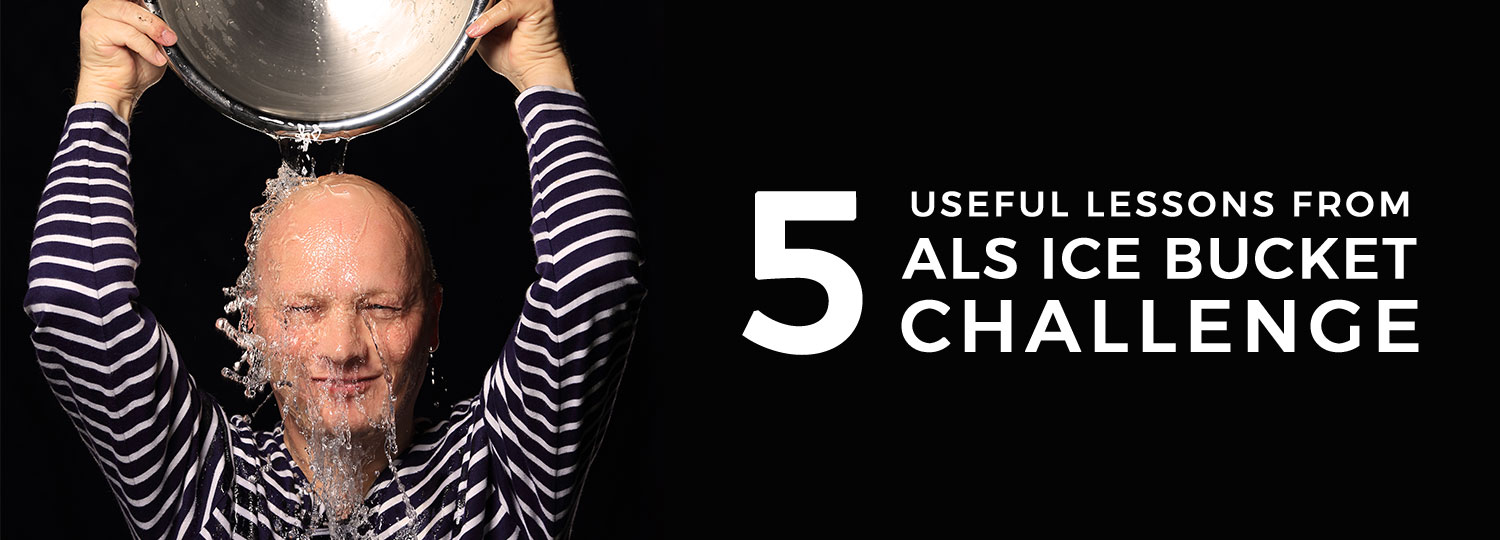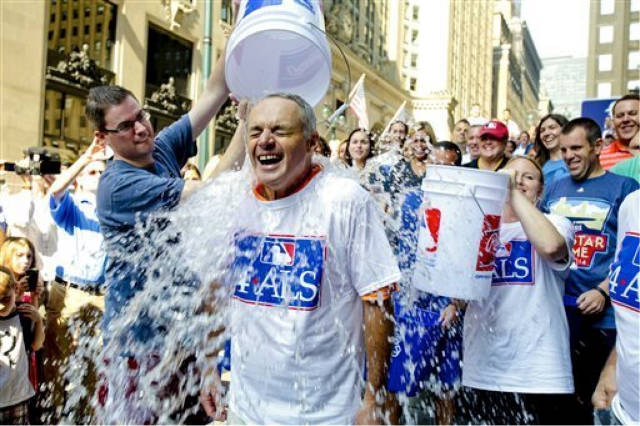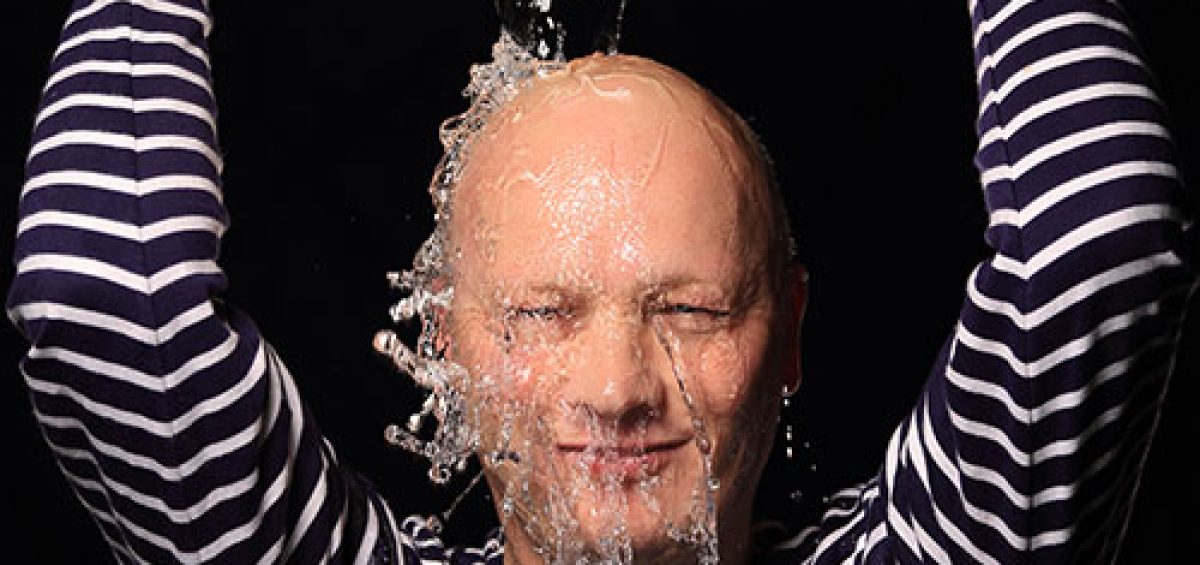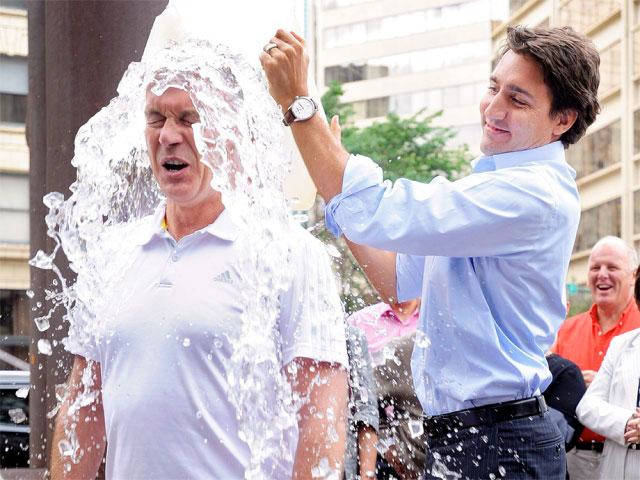
If you haven’t noticed already, the ALS Ice Bucket Challenge has gone viral and everyone that you know is either talking about it or taking it. What started as a modest social media campaign in the USA has spread all over the world, and we are not even kidding. It is now arguably the most successful charity campaign till date. In this blog, we are going to be discussing the ‘whys’ of this ongoing successful campaign. But first, what is this #icebucketchallenge?

The ALS Ice Bucket Challenge involves a bucket of ice water dumped over a participant’s head. If you had accepted and completed the challenge, you can nominate other people. Your nominees will have 24 hours to act on it either by complying with it or forfeiting it, but either way, they have to make a charitable monetary donation to the ALS Association. The ALS Association is the only USA based nonprofit organization that raises money for research, patient services, promotes awareness on amyotrophic lateral sclerosis(ALS) also known as Lou Gehrig’s disease, a neurodegenerative disease.
You may skip 2 minutes of this video to see how someone with ALS copes with the disease every day.
The life expectancy of an ALS patient in a typical scenario would just be 3 to 5 years and this is one of the reasons why this campaign is important. Thanks to the viral nature of this campaign, it has created great awareness and has made a philanthropist out of a common person. In a press release the ALS Association stated, “As of August 24, The ALS Association has received $70.2 million in donations compared to $2.5 million during the same time period last year (July 29 to August 24).”
Though there are multiple origin stories for this challenge, Wikipedia states “The challenge was popularized in the United States on June 30, 2014, when personalities of the program Morning Drive, which airs weekdays on Golf Channel, televised the social-media phenomenon and performed a live, on-air Ice Bucket Challenge.” as the prime reason for its popularization. Over the last 30 days, this has spread like a raging forest fire over the Internet.
Why is the Ice Bucket Challenge so Popular?

Image Source: islandpacket.com
#1 Attention Grabbing
Without a doubt, it’s attention-grabbing. Quite many people out there question why does one need to pour a bucket of ice-cold water to raise money for a cause? Do we really need the attention? Well, honestly, this campaign wouldn’t have gone viral if it wasn’t attention-grabbing. An ordinary donation campaign without any of this crazy fun antics is hardly appealing to any of us. This campaign has pushed people into action.
#2 The Celebrities
The involvement of the celebrities has been the key reason for the spread of this campaign like wildfire. When we say celebrities, we are talking about celebrities from every possible field; media & entertainment, science, arts, sports, politics and business. Everyone on Facebook follows at least one of these celebrities. The ALS Ice Bucket Challenge has given them the opportunity to show their fans their sporty and philanthropic sides. It was also a great way for them to connect with their fans and encourage them to be involved in the process as well. In many ways, this campaign has served as a self-propagation tool for the celebrities. But hey, who cares? It is serving a good cause.
#3 Super Fun
It is super fun. Admit it; you have enjoyed watching your favourite celebrities being doused with ice cold water and their reactions….. especially their reactions to it. You are entertained by it. Secretly, you can’t wait for someone to challenge you so that you can join the madness.
#4 Gives a Sense of Community
Call it what you may, but this campaign does give a sense of community. It makes you feel special; makes you feel that you belong to something very worthy.
5 Useful Lessons for Social Media Content Marketers
#1 Sell your ‘Why’
It is common knowledge that people buy or support your ‘why’ and not your ‘what’. Your brand’s actions must be enthused by and must originate from a higher principle. The success of the ALS Ice Bucket Challenge comes from the fact that the initial propagators of this campaign operated solely by focusing and executing their goal of creating awareness of the Lou Gehrig’s disease. Everything else happened organically.
#2 Keep it Simple
All that this campaign ever needed was a video recording device of some sort, a bucket full of ice water and a social media account. The rules are simple too. You pour the ice water over you and make the donation directly to the website. There are no in-between steps. Thirdly, the hashtags are simple too and that makes it so easily shareable. Its simplicity allows everyone to participate with gusto.
#3 Create a Sense of Urgency
If you have been nominated to take up the challenge, you have 24 hours to accept and complete it. When your campaign comes with a clear diktat for the timeframe within which it should be completed, a considerable sense of urgency is created, especially for the people who have been called out publicly to take part. This is brilliant because no one wants to look bad before their peers on social media platforms.
#4 Deal with the Controversy
In comparison to the other successful social media campaigns, the Ice Bucket Challenge has not met with so many controversies, but that does not mean that they are not there. The critics have questioned about a variety of concerns namely: wastage of water, about how the money will be spent and even about the narcissistic nature of this campaign. Sali Hughes stated in the Guardian about how this campaign has paved ways to “more reductive, sexist, self-congratulatory campaigns for ominous gain”. In this day and age where the social media acts like a Big Brother watching everything you do, people will question your motives. Instead of being tightly lipped about the controversies that may surround your campaign, use them as a way to communicate with your supporters. After all, any attention is good attention.
#5 Maintain Transparency
One of the notable things about this campaign is that the ALS Association has maintained transparency about the funds received on a daily basis. They do that with an expression of gratitude towards all the donors. You might not be receiving donations from them, but you can remain transparent about your product or service. It builds trust and makes people involved with you all the more.
If you have more points to add, do let us know. We would love to hear from you.



Brings back memories of how I was at my first job after university, a new consultant working with a group I didn’t know, and a charity team came into the office demanding donations.
I took a stand and said, “no”. Donations must be voluntary, or else they just another form of bullying. This caused a blazing row, but eventually the “chuggers” (to use a word from 20 years later) had to back down.
So I really hate the compulsion built into the “challenge” aspect of this campaign.
(Also when I donate to charities I do so totally privately, including boycotting one charity that published my name.)